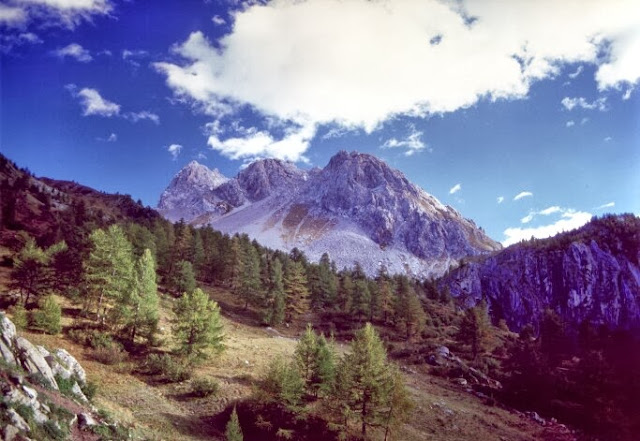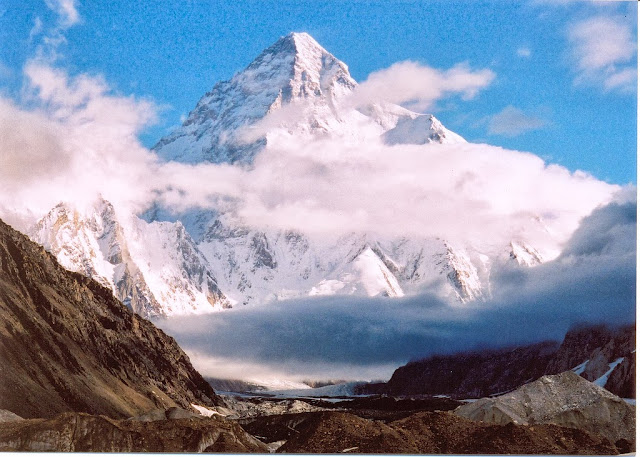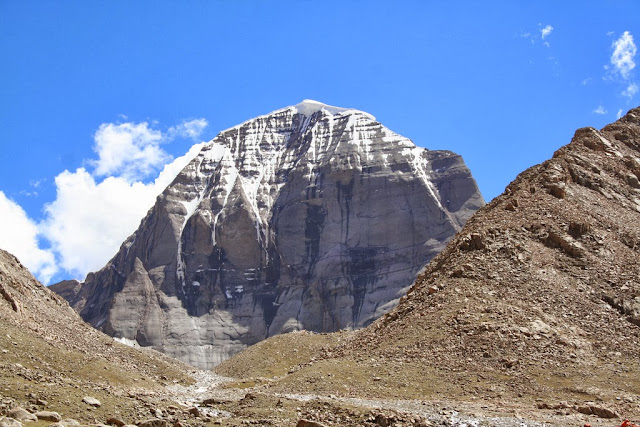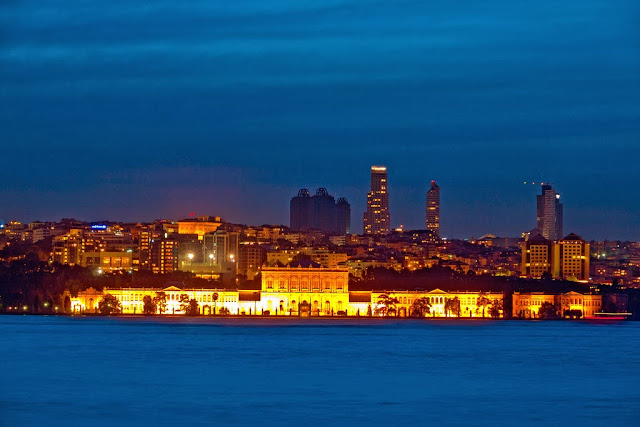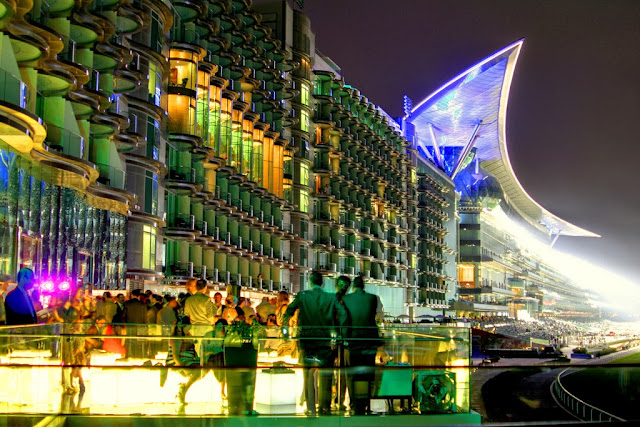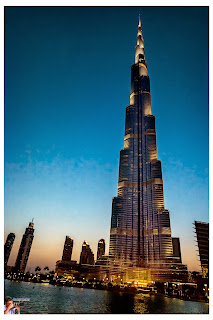MOUNT EVERST
Source: Yashra/Flickr
Mount Everest (Tibetan/Sherpa: ཇོ་མོ་གླང་མ, Chomolungma; Chinese: 珠穆朗玛峰, Zhūmùlǎngmǎ Fēng;Nepali: सगरमाथा, Sagarmāthā) is the Earth's highest mountain, with a peak at 8,848 metres (29,029 ft) above sea level and the 5th tallest mountain measured from the centre of the Earth. It is located in the Mahalangur section of the Himalayas. The international border between China and Nepal runs across the precise summit point. Its massif includes neighboring peaks Lhotse, 8,516 m (27,940 ft); Nuptse, 7,855 m (25,771 ft) and Changtse, 7,580 m (24,870 ft).
In 1856, the Great Trigonometric Survey of British India established the first published height of Everest, then known as Peak XV, at 29,002 ft (8,840 m). The current official height of 8,848 m (29,029 ft) as recognized by Nepal and China was established by a 1955 Indian survey and subsequently confirmed by a Chinese survey in 1975. In 1865, Everest was given its official English name by the Royal Geographical Society upon a recommendation by Andrew Waugh, the British Surveyor General of India. Waugh named the mountain after his predecessor in the post, Sir George Everest. Although Tibetans had called Everest "Chomolungma" for centuries, Waugh was unaware of this because Tibet and Nepal were closed to foreigners at the time thus preventing any attempts to obtain local names.
Mount Everest attracts many highly experienced mountaineers as well as capable climbers willing to hire professional guides. There are two main climbing routes, one approaching the summit from the southeast in Nepal (known as the standard route) and the other from the north in Tibet. While not posing substantial technical climbing challenges on the standard route, Everest presents dangers such as altitude sickness, weather, wind as well as significant objective hazards from avalanches and the Khumbu Icefall. While the overwhelming majority of climbers will use bottled oxygen in order to reach the top, some climbers have summitted Everest without supplemental oxygen.
Source: Wikipedia
K2
Source: Stuard Orford/Flickr
K2 (also known as Chhogori/Qogir, Ketu/Kechu, and Mount Godwin-Austen) is the second-highest mountain on Earth, after Mount Everest. It is located on the border between Baltistan, in the Gilgit–Baltistan region of northern Pakistan, and the Taxkorgan Tajik Autonomous County of Xinjiang, China. With a peak elevation of 8,611 m (28,251 feet), K2 is the highest point of the Karakoram Range and the highest point in Pakistan.
K2 is known as the Savage Mountain due to the extreme difficulty of ascent and the second-highest fatality rate among the eight thousanders. For every four people who have reached the summit, one has died trying. It is more hazardous to reach K2 from the Chinese side; thus, it is mostly climbed from the Pakistani side. Unlike Annapurna, the mountain with the highest fatality-to-summit rate, K2 has never been climbed in winter.
Source: Wikipedia
KANGCHENJUNGA
Source: Jens nandi/Flickr
Kangchenjunga is the third highest mountain in the world. It rises with an elevation of 8,586 m (28,169 ft) in a section of the Himalayas called Kangchenjunga Himal that is limited in the west by the Tamur River and in the east by the Teesta River. Kangchenjunga is located on the boundary between Nepal and the Indian state of Sikkim.
The Geological Survey of India indicates the summit of Kangchenjunga at 8,598 m (28,209 ft). It is the highest peak in India and the easternmost of the peaks higher than 8,000 m (26,000 ft). It is called Five Treasures of Snow after its five high peaks, and has always been worshiped by the people of Darjeeling and Sikkim.
Two of the five peaks are in Taplejung District, Nepal. The other three peaks – main, central, and south – are on the border of North Sikkim and Nepal.
Until 1852, Kangchenjunga was assumed to be the highest mountain in the world, but calculations based on various readings and measurements made by the Great Trigonometric Survey of India in 1849 came to the conclusion that Mount Everest, known as Peak XV at the time, was the highest. Allowing for further verification of all calculations, it was officially announced in 1856 that Kangchenjunga is the third-highest mountain.
Source: Wikipedia
MOUNT KAİLASH
Source: Lutchmee Maharaj/Flickr
Mount Kailash (also Mount Kailas; (Tibetan: གངས་རིན་པོ་ཆེ,Sanskrit: कैलाश् Kangrinboqê or Gang Rinpoche; simplified Chinese: 冈仁波齐峰, Gāngrénbōqí fēng) is a peak in the Kailas Range (Gangdisê Mountains), which are part of the Transhimalaya in Tibet. It lies near the source of some of the longest rivers in Asia: the Indus River, the Sutlej River (a major tributary of the Indus River), the Brahmaputra River, and the Karnali River (a tributary of the River Ganga). It is considered a sacred place in four religions: Bön, Buddhism, Hinduism and Jainism. The mountain lies near Lake Manassarovar and Lake Rakshastal in Tibet.
Source: Wikipedia
MANASLU
Source: Lost Earth Adventure/Flickr
Manaslu (Nepali: मनास्लु), also known as Kutang) is the eighth highest mountain in the world, and is located in the Mansiri Himal, part of the Nepalese Himalayas, in the west-central part of Nepal. Its name, which means "Mountain of the Spirit", comes from the Sanskrit word Manasa, meaning "intellect" or "soul". Manaslu was first climbed on May 9, 1956 by Toshio Imanishi and Gyalzen Norbu, members of a Japanese expedition. It is said that "just as the British consider Everest their mountain, Manaslu has always been a Japanese mountain".
Manaslu at 8,156 metres (26,759 ft) above mean sea level (m.s.l) is the highest peak in the Lamjung District and is located about forty miles east of Annapurna. The mountain's long ridges and valley glaciers offer feasible approaches from all directions, and culminate in a peak that towers steeply above its surrounding landscape, and is a dominant feature when viewed from afar.
Source: Wikipedia



